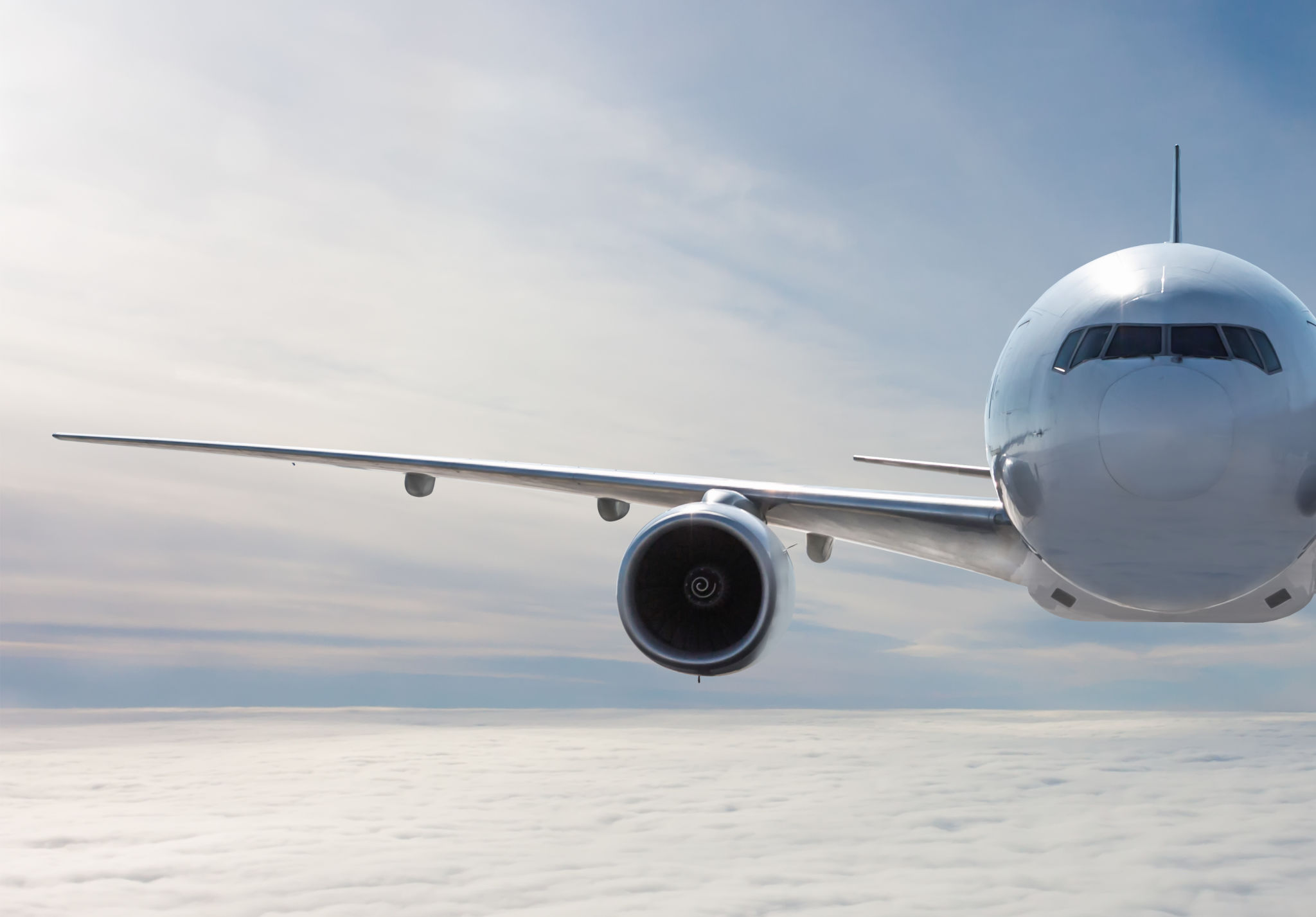How to Choose the Right Aircraft for Your Needs: A Buyer's Guide
Understanding Your Needs
Choosing the right aircraft can be a daunting task, especially with the plethora of options available. The first step in making an informed decision is to clearly understand your needs. Are you looking for an aircraft for business travel, leisure, or cargo transport? Each purpose has specific requirements that will dictate the type of aircraft best suited for you. It's important to evaluate the frequency, distance, and typical passenger count of your flights.
For instance, if you plan to frequently travel long distances with a large group of people, a jet with a spacious cabin and long-range capabilities might be ideal. On the other hand, if your trips are shorter and involve fewer passengers, a smaller turboprop might be more economical.

Setting a Budget
Budget is a critical factor in choosing the right aircraft. It's not just the initial purchase price that should be considered, but also the ongoing costs such as maintenance, insurance, hangar fees, and fuel. You need to determine what you can realistically afford both upfront and over time. Setting a clear budget will help narrow down your options and prevent any financial strain in the future.
Additionally, consider whether you want to purchase a new or pre-owned aircraft. While new aircraft can offer the latest technology and longer warranties, pre-owned models can be more budget-friendly while still meeting your needs.
Researching Aircraft Types
Once you have a clear understanding of your needs and budget, it's time to research different types of aircraft. The most common categories include jets, turboprops, and piston engines. Each type has its own advantages and disadvantages depending on factors like speed, range, and operating cost.

Jets are known for their speed and comfort, making them ideal for long-distance travel. Turboprops are efficient for shorter routes and can often access airports with shorter runways. Piston engine aircraft are typically used for short distances and are more budget-friendly.
Evaluating Performance Specifications
Performance specifications are crucial when selecting an aircraft. Key factors to consider include range, speed, fuel efficiency, and payload capacity. Range is particularly important if you plan on flying long distances without frequent refueling stops. Speed can affect travel time significantly, which might be a priority if time is of the essence.
Fuel efficiency impacts operating costs over time, so it's essential to choose an aircraft that balances performance with economy. Payload capacity will determine how much weight the aircraft can carry, including passengers and baggage.

Considering Aircraft Features
Modern aircraft come with a variety of features that can enhance comfort and safety. Consider what amenities are important to you and your passengers. Do you need a luxurious interior with in-flight entertainment systems? What about advanced avionics for improved navigation and safety?
Some aircraft offer customizable interiors, so think about how you might want to personalize your space to suit your needs. Features like Wi-Fi connectivity, noise-canceling cabins, and ergonomic seating can significantly improve the flight experience.
Consulting with Experts
Finally, consulting with aviation experts or brokers can provide valuable insights and recommendations based on your specific requirements. They can offer guidance on market trends, potential resale value, and help with negotiations to ensure you get the best deal.
An expert can also assist with arranging test flights or inspections to ensure the aircraft meets your expectations before making a purchase decision. With their expertise, you can navigate the purchasing process more confidently and efficiently.

